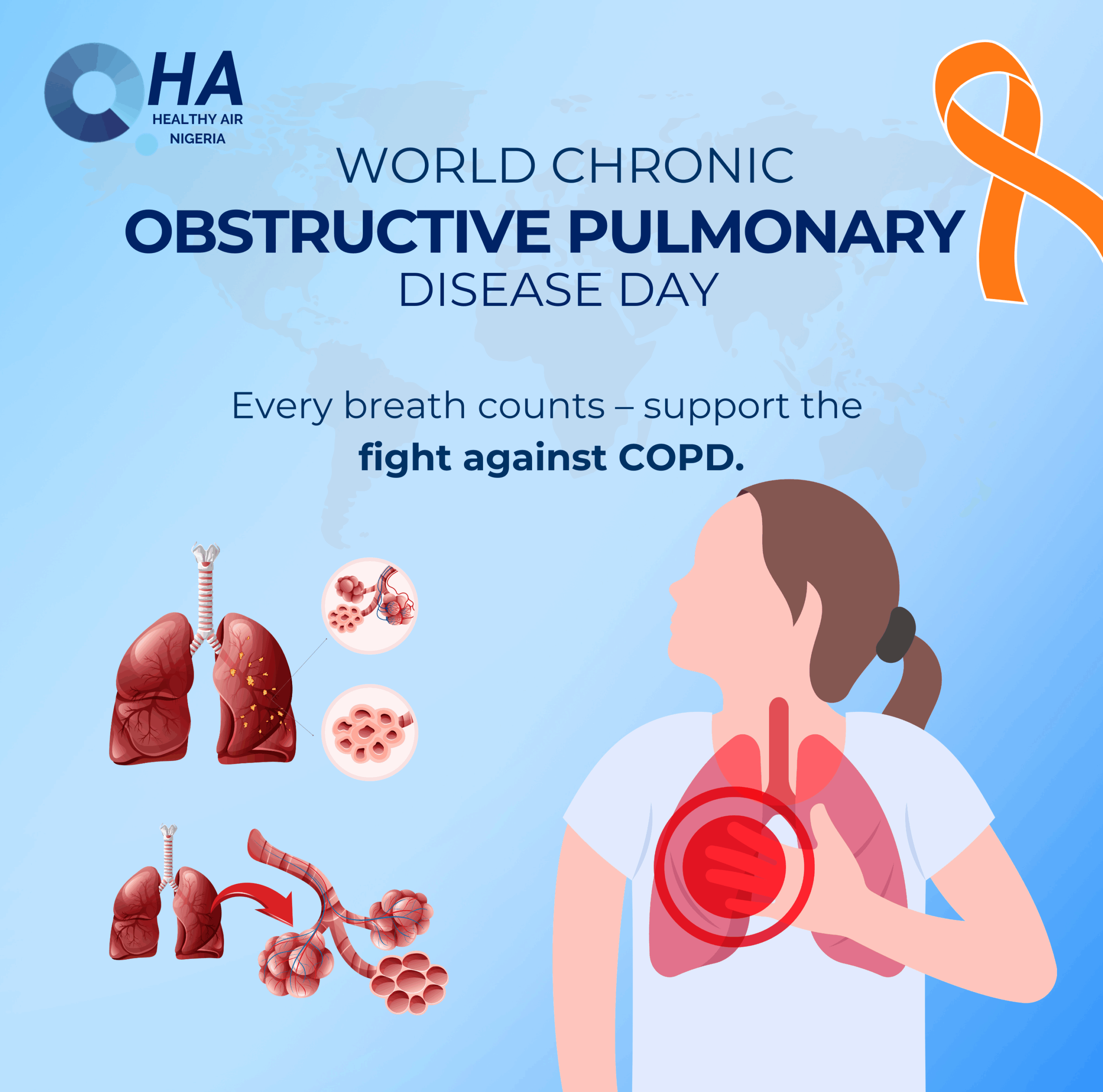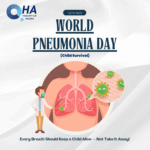Some of the strongest people we know fight silent battles with every breath. They go to work, care for their families, and stay committed to life even when their chests feel tight and each inhale becomes work. Their cough doesn’t go away, the wheeze becomes familiar, and the exhaustion never fully leaves. Too often, we label these symptoms as stress, age, or “a stubborn infection”. But as we mark World COPD Day this year, we’re reminded that when breathing becomes a daily challenge, we must stop and think COPD.
Why This Theme Matters
The 2025 theme, “Short of breath, think COPD,” shines a spotlight on a critical truth: Chronic Obstructive Pulmonary Disease is the third leading cause of death globally, yet it remains widely underdiagnosed. Too many people live for years with unexplained breathlessness, only to receive a diagnosis when the condition has already advanced.
Early diagnosis can transform outcomes. The earlier COPD is identified; the sooner patients can receive support, slow progression, and improve their quality of life. Thinking COPD means paying attention to the following signs:
- Chronic cough
- Difficulty breathing (especially during activity)
- Wheezing
- Frequent fatigue or weakness
- Repeated respiratory infections
When these symptoms persist, it’s not “normal.” It’s a warning.
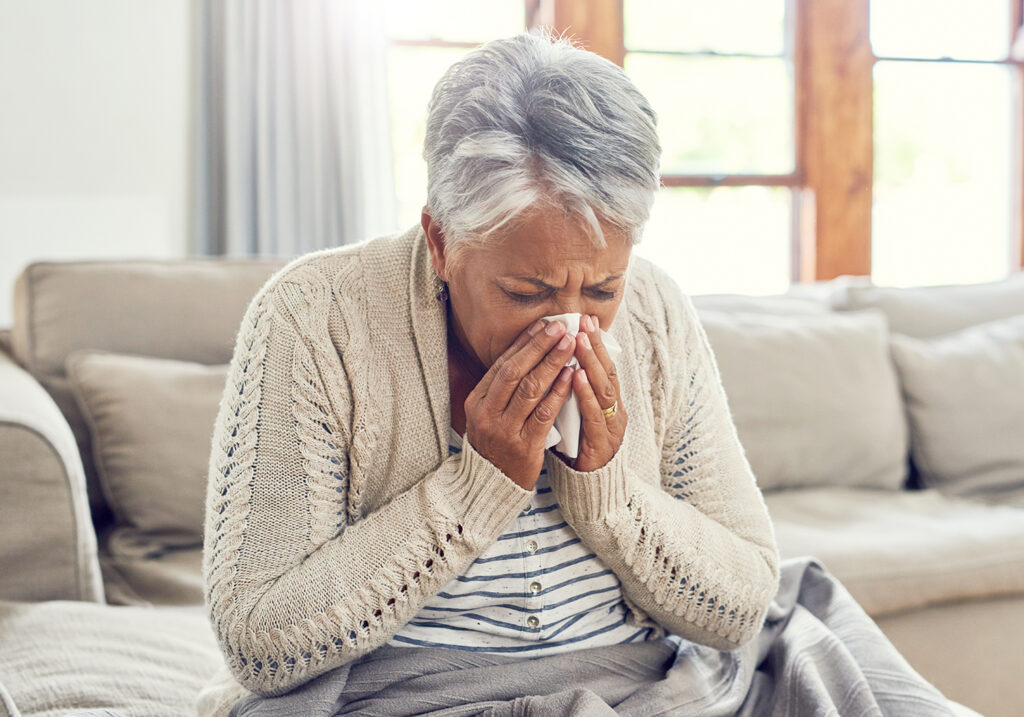
The Overlooked Culprit: Indoor Air Quality
While smoking, biomass fuels, and outdoor pollution are well-known risk factors for COPD, one cause often slips under the radar: Poor Indoor Air Quality.
Many homes, offices, schools, and hospitals harbor invisible indoor pollutants that harm the lungs over time leading to COPD. These include:
- Fine dust particles (PM2.5)
- Mould spores
- Chemical fumes from cleaning agents, paints, and new furniture
- Gas emissions from cooking stoves
- Allergens and Volatile Organic Compounds (VOCs)
For people living with COPD, these pollutants are more than irritants; they are triggers for flare-ups, increased hospital visits, and faster disease progression.
Clean Indoor Air: Prevention and Management
Clean air is not just a comfort; it is a form of protection. Creating healthier indoor environments can:
- Lower the risk of developing COPD
- Reduce the severity and frequency of symptoms
- Improve lung function over time
- Strengthen immunity and reduce respiratory infections
- Support better sleep and energy levels
For those already diagnosed, clean indoor air can mean fewer exacerbations, better daily functioning, and a higher quality of life.
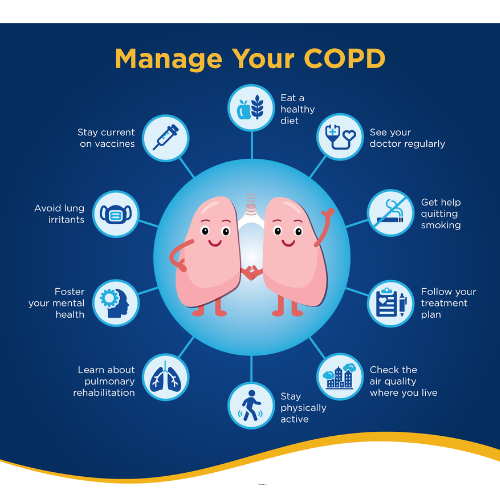
What You Can Do Today
- Pay attention to persistent respiratory symptoms: even mild ones.
- Seek medical evaluation early: when breathlessness or chronic cough becomes frequent.
- Improve indoor air quality: ventilate, reduce chemical exposures, control mould, and use air purification technologies that eliminate pollutants at the source.
- Support family, friends, employees, and community members who experience breathing challenges.
- Join the conversation—awareness saves lives.
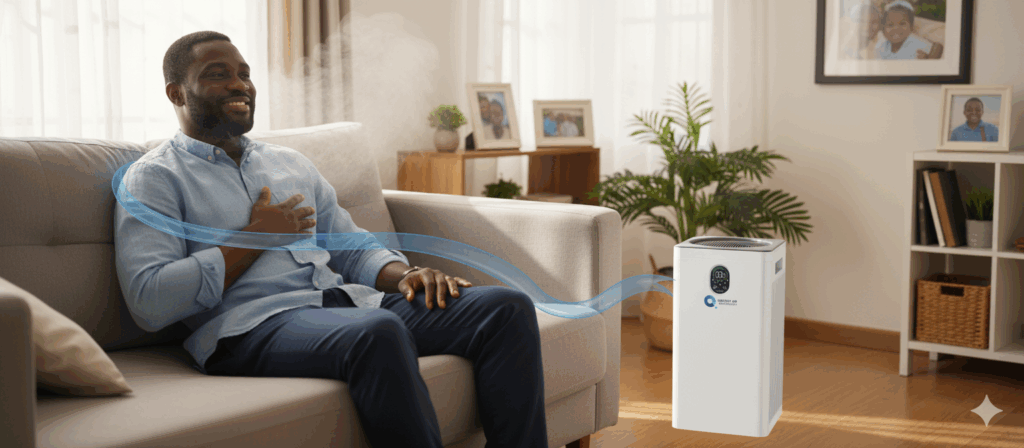
A Breath of Hope
A Breath of Hope
World COPD Day 2025 reminds us that breathing is life and no one should struggle for it. Behind every breathless moment is a life that deserves comfort. By recognizing symptoms early and reducing hidden indoor triggers, we can support better outcomes for those living with COPD. Advanced Healthy Air DNO catalyst purifier continuously neutralizes harmful particles, moulds, fumes, and irritants, creating safer homes and workplaces. Cleaner air means easier breathing and a healthier, longer life.
Short of breath?
Think COPD.
Think early diagnosis.
Think clean indoor air.
Think a future where everyone can breathe easier and healthier with Healthy Air!
